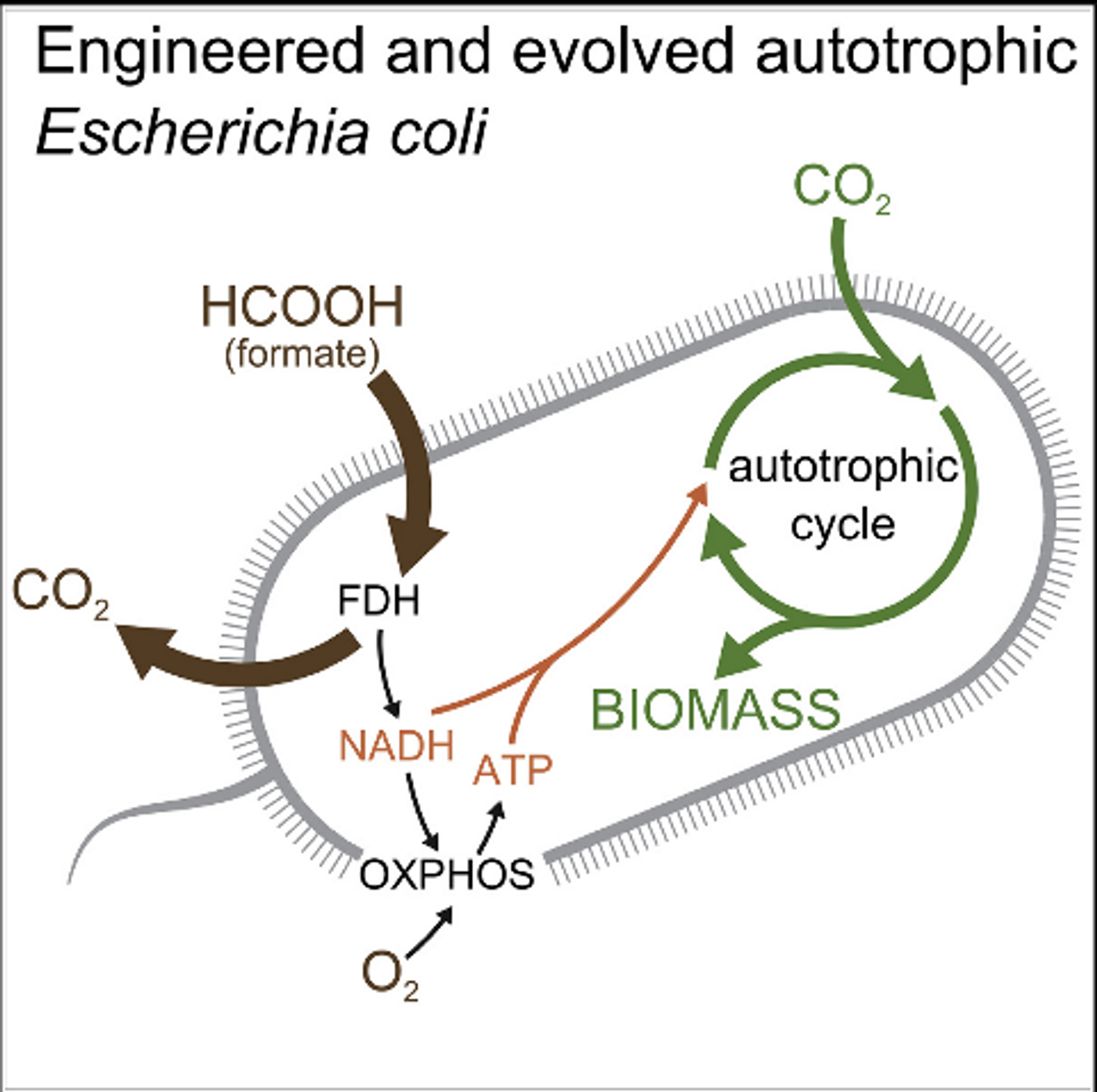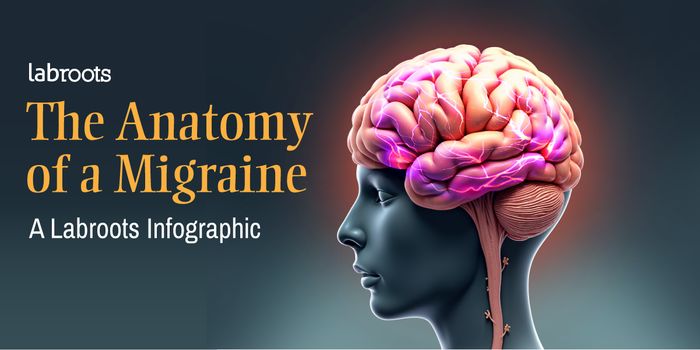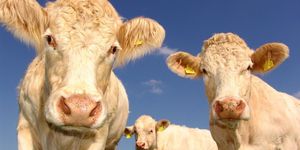Researchers Rewire E. coli to Consume Carbon Dioxide
Researchers have genetically rewired the metabolism of Escherichia coli to be autotrophic, using formate (COOH) as a food source and CO2 as the sole carbon source. The output of this diet is biomass that can be used for chemicals, food, or fuel. Naturally, E. coli are heterotrophs, which means they survive on breaking down food, such as sugar. As an autotroph, the E. coli metabolism survives like a plant's- by feeding on organic compounds like carbon, directly.
The output of this autotrophic E. coli metabolism is rich biomass, useful in the production of biochemicals, biofuels, and even food. Carbon is also a byproduct, but it could be recycled to make more formate, which the bacteria grow on. The process can only reach net-zero, or net-negative, carbon emissions if the process is scaled up to an industrial level, which is not in place.
Researchers began rewiring the E. coli metabolism by introducing three genes from Pseudomonas bacteria, central to carbon-fixation. To encourage the use of these new genes, researchers muted native genes that are critical for natural, heterotrophic metabolism.
The bacteria were grown in a chemostat, which supplied limited amounts of xylose sugar at the beginning of the experiment, to bridge the gap between the native metabolism structure and the introduced pathways. Xylose was incrementally limited as feedback data from the chemostat showed a declining dependence on sugar. Nutrient limitation effectively starved bacteria that were not evolving and favored those that adapted an autotrophic system. The remaining population increasingly relied on formate and CO2 alone, and after 200 days, the bacteria completely evolved to be autotrophic. One hundred fifty days later, autotrophic E. coli were the sole remaining phenotype in the chemostat, and xylose was eliminated entirely from the feedstock without consequence on the population.
Autotrophic E. coli are a valuable proof of concept, but the biotechnology needs to be tweaked before it can be integrated into biomass production. First, the autotrophic metabolism only functioned in an overwhelmingly carbon-rich environment. The atmosphere in the chemostats was about 10% carbon, compared to Earth's atmosphere, of about 0.04% carbon. If the goal is to use autotrophic bacteria to help consume some atmospheric carbon, the metabolism has to be adjusted to survive in lower carbon concentration. Secondly, the experiment resulted in net CO2 emissions because formate was oxidized into CO2 faster than the CO2 could be reconstructed into the feedstock. Researchers say the excess carbon would be eliminated in full-scale biofuel production because formate is produced electrochemically (using the biomass output to power the production of more feedstock).
Sources: Milo et. al., The Scientist









